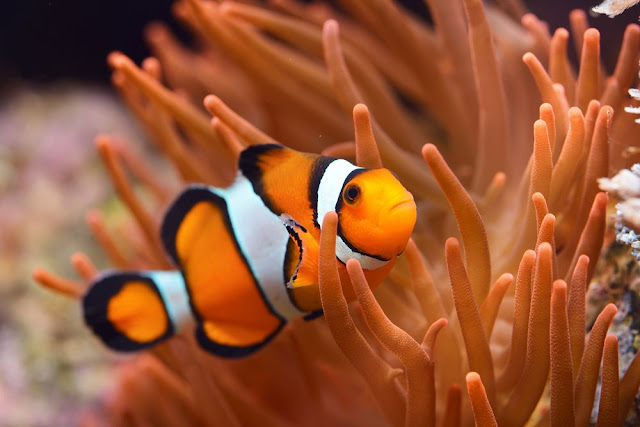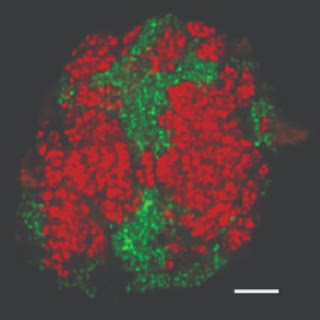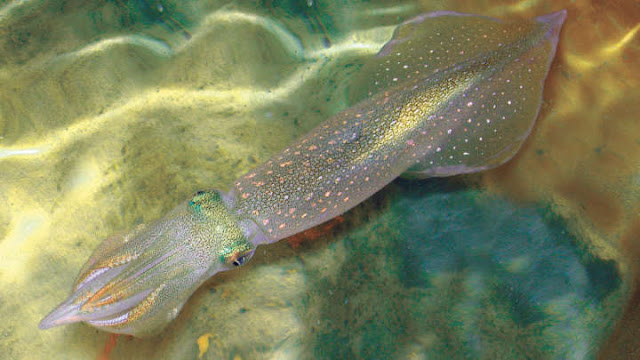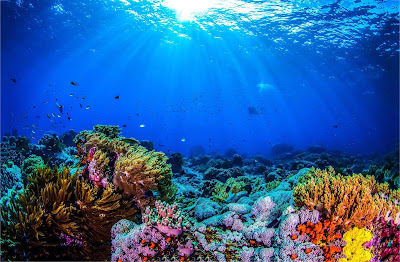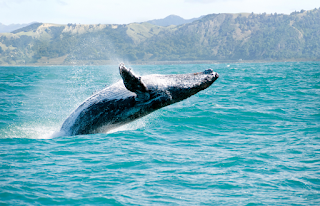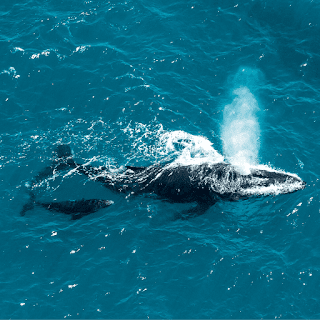Scientists Discovered 4 New Giant Single-Celled Organisms In The Deep Pacific Ocean
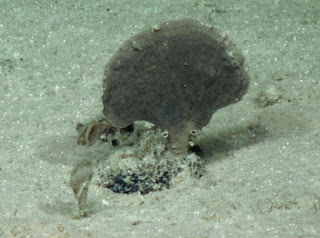
Two new genera and four giant single-celled xenophyophores (protozoans belonging to a group called the foraminifera). The species were discovered during a joint project from scientists at the national geographic center, UK (NOC), University of Hawaii, and the University of Genova. New species were collected by remotely operated vehicle Lu'ukai on an expedition to the western Clarion Clipperton Zone (CCZ) aboard the RV Kilo Moana where the seabed in this area is about 3 miles deep. "We were excited to find these beautiful new xenophyophores," said Andrew Gooday, professor at NOC and lead author of the recently published findings. "It seemed appropriate to name one after 'Moana', a Hawaiian word meaning ocean. Xenophyophores are one of the most common types of large organisms found on the CCZ abyssal plains, so the name of the second genus (Abyssalia) was chosen to reflect this." Xenophyophores construct shells, called tests, which they obta...

